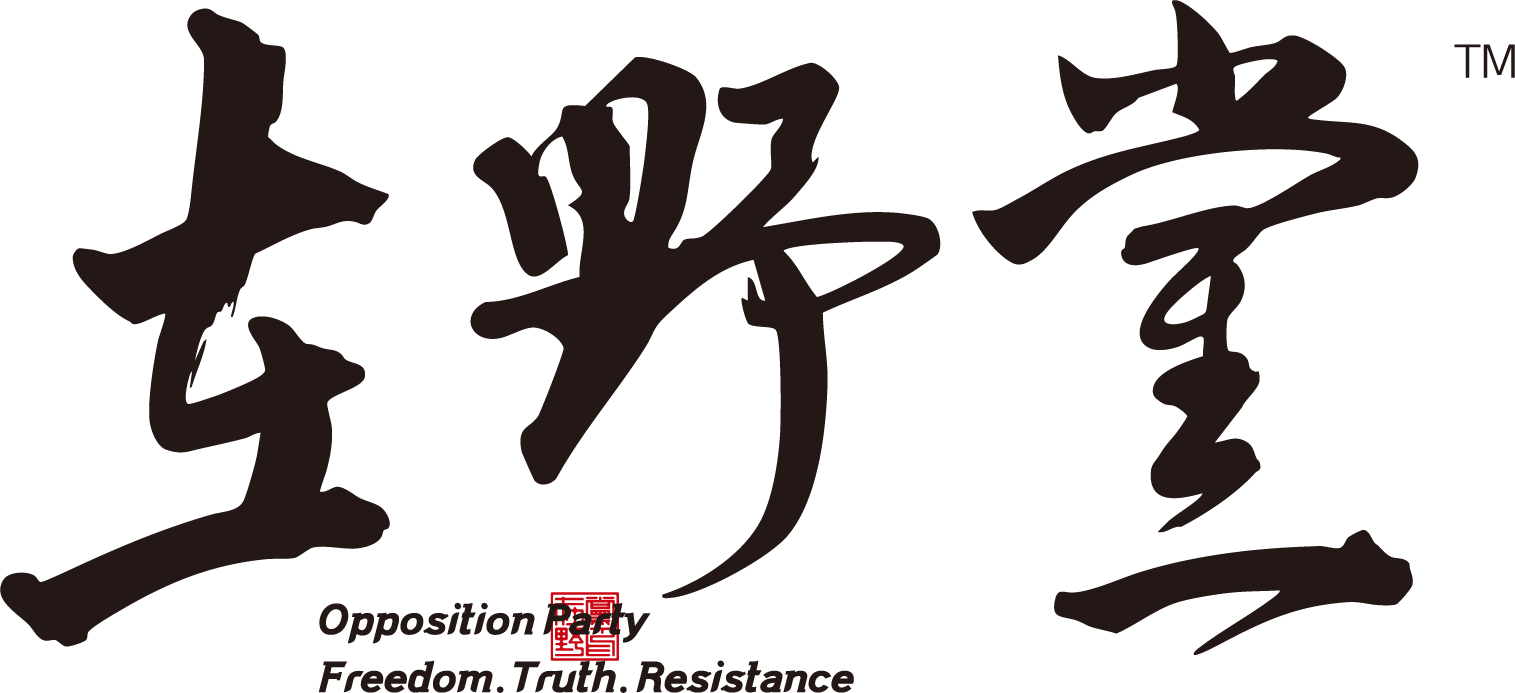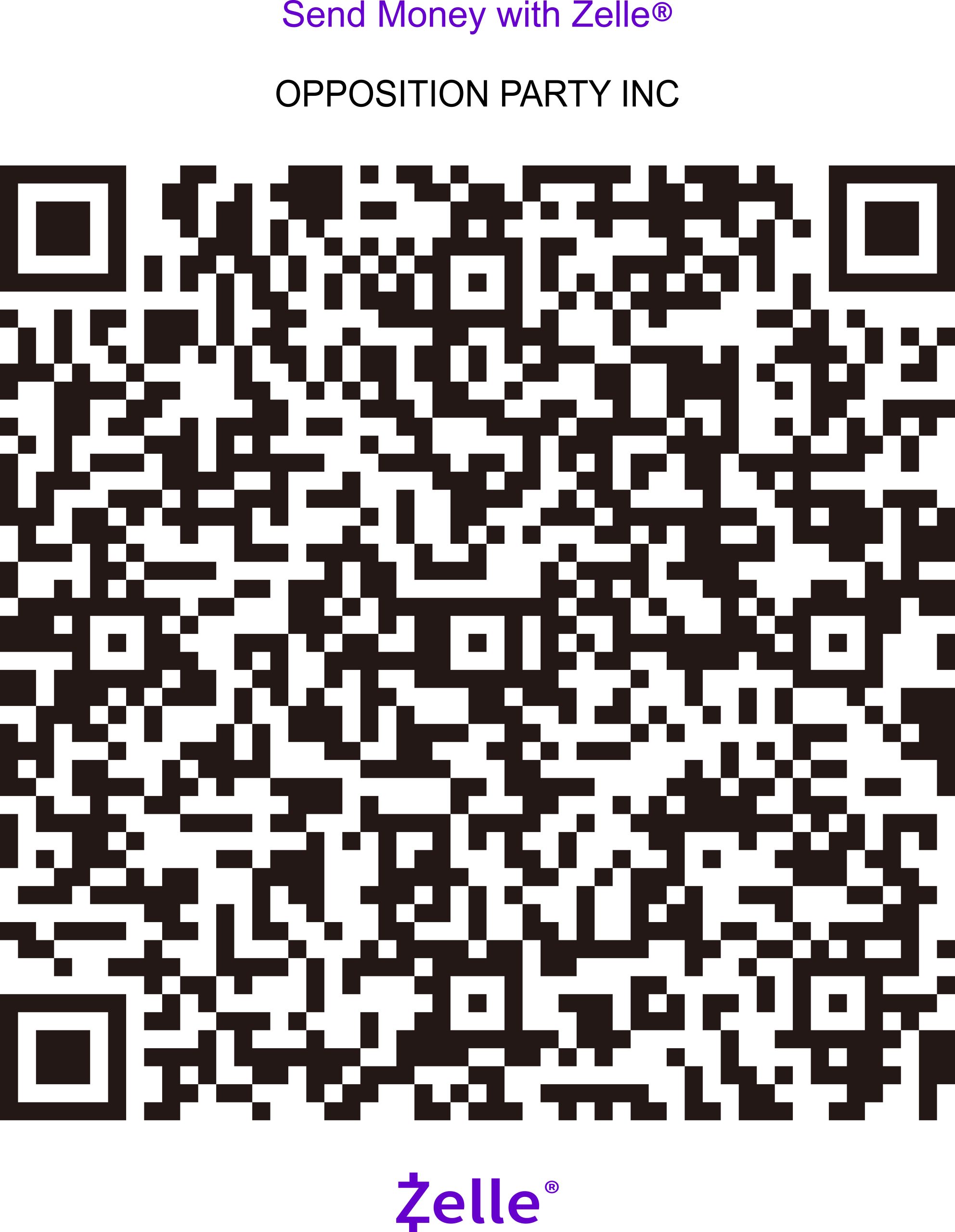作者:罗志飞
编辑:胡丽莉 翻译:吕峰
摘要“2025年9月3日,“抗日战争胜利纪念日”阅兵式正在紧锣密鼓地筹备中。习近平也将第三次登上天安门城楼,亲自主持这一象征性强烈的仪式。
2025年9月3日,坦克将再次碾过天安门广场。按照官方设定,这一天是“抗日战争胜利纪念日”暨“世界反法西斯战争胜利纪念日”,纪念大会与大规模阅兵式正在紧锣密鼓地筹备中。习近平也将第三次登上天安门城楼,亲自主持这一象征性强烈的仪式。
阅兵,已经成为他巩固个人权威与强化意识形态叙事的政治工具。从军改、清洗军队高层,到新武器研发和国防工业扩张,阅兵成为其所谓“强军梦”的橱窗——更准确地说,是他个人崇拜工程的橱窗。
从“九三阅兵”透视习近平的个人崇拜-rId4-1242X636.jpeg)
(2025年9.3阅兵,三大邪恶独裁者将联合观看军演)
从“首次”到“常态化”
习近平上台仅三年,就按捺不住真实的野心。从2015年纪念抗战胜利70周年大阅兵开始,2015年,习近平首次打破三十年来“只在国庆阅兵”的惯例,以抗战胜利70周年为名,首次设立“九三阅兵”。此后,他接连在重大节点安排阅兵,在2017年建军90周年、2018年南海海军阅兵、2019年4月青岛海军、2019年国庆70周年、2025年抗战胜利80周年等多个场合安排阅兵,甚至多次选择非首都地区,开创“沙场阅兵”之先河。
相比之下,邓小平、江泽民、胡锦涛三人任期内,均仅举行过一次天安门阅兵。习近平却几乎将阅兵变为其个人政治表演的“年度大戏”,其频率远超以往任何一位中共领导人。
极权美学的集体感官操控
习近平时代的阅兵,不仅是军事演示,更是一场苏联式极权主义美学的集体表演。整齐划一的步伐、排山倒海的装备队列、铺天盖地的民族主义口号,共同营造出一种对“力量与秩序”的视觉崇拜。在这样的场景中,个体被抹去,集体被神化,而最高领袖的地位则在其中被无限放大。
当士兵齐声高呼“首长好”“听党指挥”,当背景音乐响起“忠诚于党”,当镜头聚焦在城楼上的习近平时,这不仅是对军队指挥权的展示,更是一种“向个人宣誓忠诚”的视觉仪式。
从“九三阅兵”透视习近平的个人崇拜-rId5-1000X666.jpeg)
话语垄断与历史操控
习近平对阅兵的执念,还源于其对历史叙事的高度控制。他特别擅长将重大纪念日与党国合法性捆绑,比如在2015年九三阅兵上,刻意强调“没有共产党就没有抗战胜利”“中国共产党是抗日战争的中流砥柱”,将整个抗战成果归功于中共,而对牺牲惨烈的300百万国军却语焉不详。
不仅如此,阅兵中常穿插播放抗战老兵短片、展示老兵画像、安排抗战主题车队等,目的并非纪念历史,而是“重塑记忆”:把“中共是民族解放的唯一力量”强行塞进全民认知之中,从而进一步强化中共政权的合法性。
从“九三阅兵”透视习近平的个人崇拜-rId6-386X500.jpeg)
领袖图腾与国家宗教
2019年国庆阅兵的群众游行部分,首次安排了毛泽东、邓小平、江泽民、胡锦涛等历任领袖的巨幅画像,加上习近平他本人的,依次登场。这一安排带有强烈的政治宗教意味——领袖被塑造成图腾式存在,而历史被压缩成一条服务权力合法性的单线叙事。
观众的热泪盈眶不是偶然,而是集体仪式感和视觉操控的结果。这些精心设计的符号,无不在服务一个目的,激发全民的民族主义情感,进而将这种情感与当前政权相绑定。让人们相信,只有习近平才能捍卫民族尊严。
从“九三阅兵”透视习近平的个人崇拜-rId7-1266X931.jpeg)
阅兵背后,是对未来的焦虑
在中国经济形势临近崩溃和社会矛盾持续高压的情况下,2025年的再次阅兵,更像是对不确定未来的“政治麻醉剂”。习近平深知,他必须持续制造胜利幻象,才能延续执政正当性。而阅兵,是最有效率也最具象征性的方式之一。
只不过,这种靠阅兵维持的“国家形象”背后,隐藏的是对民众信任的日益流失,是对反对声音的压制,是权力者对“权威幻觉”的沉迷。当民众从短暂的麻醉剂回过味后,依然面对的是生活的巨大压力以及作为韭菜的被收割的命运。
Through the “September 3rd Military Parade” to Observe Xi Jinping’s Cult of Personality
Author: Luo Zhifei
Editor: Hu Lili Translator: Lyu Feng
Abstract: On September 3, 2025, the military parade commemorating the “Victory of the War of Resistance Against Japan” is being prepared in full swing. Xi Jinping will once again ascend the Tiananmen Rostrum for the third time, personally presiding over this highly symbolic ceremony.
On September 3, 2025, tanks will once again roll across Tiananmen Square. According to official designation, this day marks both the “Victory of the War of Resistance Against Japan” and the “Victory of the World Anti-Fascist War.” The commemorative assembly and the large-scale military parade are being prepared with great intensity. Xi Jinping will, for the third time, appear atop Tiananmen Rostrum to personally preside over this highly symbolic ceremony.
The military parade has become his political instrument for consolidating personal authority and reinforcing ideological narratives. From military reforms and purges of top commanders, to new weapons development and defense industry expansion, the parade has become the showcase of his so-called “strong military dream”—or, more accurately, the showcase of his cult of personality project.
从“九三阅兵”透视习近平的个人崇拜-rId4-1242X636.jpeg)
(The September 3, 2025 Parade: The Three Evil Dictators Will Jointly Watch the Military Display)
From “First Time” to “Normalization”Xi Jinping had been in power for only three years before he could no longer suppress his true ambitions. Beginning with the 2015 grand military parade commemorating the 70th anniversary of the victory in the War of Resistance Against Japan, Xi for the first time broke with the three-decade convention of holding parades only on National Day, inaugurating the so-called “September 3rd Parade” in the name of the 70th anniversary of victory.
Since then, he has repeatedly staged parades at major political moments: the 90th anniversary of the PLA in 2017, the South China Sea naval parade in 2018, the Qingdao naval review in April 2019, the 70th anniversary of the PRC’s founding in 2019, and again in 2025 for the 80th anniversary of the victory over Japan. He even chose locations outside the capital on multiple occasions, creating the precedent of “field parades.”
By contrast, Deng Xiaoping, Jiang Zemin, and Hu Jintao each presided over only one Tiananmen military parade during their tenures. Xi Jinping, however, has turned parades into his own annual political spectacle, with a frequency that surpasses any previous CCP leader.
The Totalitarian Aesthetics of Collective Sensory Manipulation
Under Xi Jinping, the military parade is not merely a demonstration of armed strength, but a collective performance steeped in Soviet-style totalitarian aesthetics. The synchronized marching, the overwhelming phalanxes of weaponry, and the ubiquitous nationalist slogans together construct a visual cult of “power and order.”
In such scenes, the individual is erased, the collective is deified, and the status of the supreme leader is infinitely magnified. When soldiers shout in unison, “Greetings, Commander!” and “Obey the Party’s command,” when the background music swells with refrains of “Loyalty to the Party,” and when the camera invariably lingers on Xi atop the Tiananmen Rostrum, this is not merely a display of command over the military—it is a visual ritual of swearing personal allegiance.
从“九三阅兵”透视习近平的个人崇拜-rId5-1000X666.jpeg)
Discourse Monopoly and Historical ManipulationXi Jinping’s obsession with military parades also stems from his tight control over historical narratives. He is particularly adept at binding major commemorative days to the legitimacy of the Party-state. For instance, at the 2015 September 3rd parade, he deliberately stressed that “without the Chinese Communist Party there would have been no victory in the War of Resistance” and that “the CCP was the backbone of the war effort,” attributing the entirety of the victory to the Party while remaining vague about the immense sacrifices of the three million Nationalist troops.
Moreover, parades often intersperse short films of veteran soldiers, display portraits of war veterans, and arrange floats with resistance themes. The purpose is not to commemorate history, but to “remold memory”: to forcibly implant into the national consciousness the idea that “the CCP was the sole force of national liberation,” thereby further strengthening the regime’s claim to legitimacy.
从“九三阅兵”透视习近平的个人崇拜-rId6-386X500.jpeg)
Leader as Totem and the Religion of the State
In the mass procession segment of the 2019 National Day parade, for the first time, giant portraits of former leaders—Mao Zedong, Deng Xiaoping, Jiang Zemin, and Hu Jintao—were displayed in sequence, alongside that of Xi Jinping himself. This arrangement carried an overt political-religious symbolism: the leaders were cast as totemic figures, while history was compressed into a single linear narrative serving the legitimacy of power.
The tears streaming down the faces of spectators were no accident, but rather the product of orchestrated ritual and visual manipulation. These meticulously crafted symbols all served one purpose: to stir nationwide nationalist emotion and then bind that emotion to the current regime. The ultimate message was clear—people were to believe that only Xi Jinping could safeguard national dignity.
从“九三阅兵”透视习近平的个人崇拜-rId7-1266X931.jpeg)
Behind the Parade Lies Anxiety About the Future
Against the backdrop of an economy on the verge of collapse and mounting social tensions, the 2025 parade serves more as a “political anesthetic” for an uncertain future. Xi Jinping is acutely aware that he must continuously manufacture the illusion of victory in order to sustain the legitimacy of his rule. Among the tools available, the military parade is one of the most efficient and most symbolic.
Yet behind this state image propped up by parades lies a deepening erosion of public trust, the suppression of dissenting voices, and the leader’s obsession with an “illusion of authority.” Once the masses recover from the fleeting intoxication of the spectacle, they are left to confront the crushing pressures of daily life and the fate of being harvested like chives.


冯仍-rId6-1920X1080.jpeg?w=218&resize=218,150&ssl=1)



张致君-rId5-1024X768.jpeg?w=100&resize=100,70&ssl=1)

